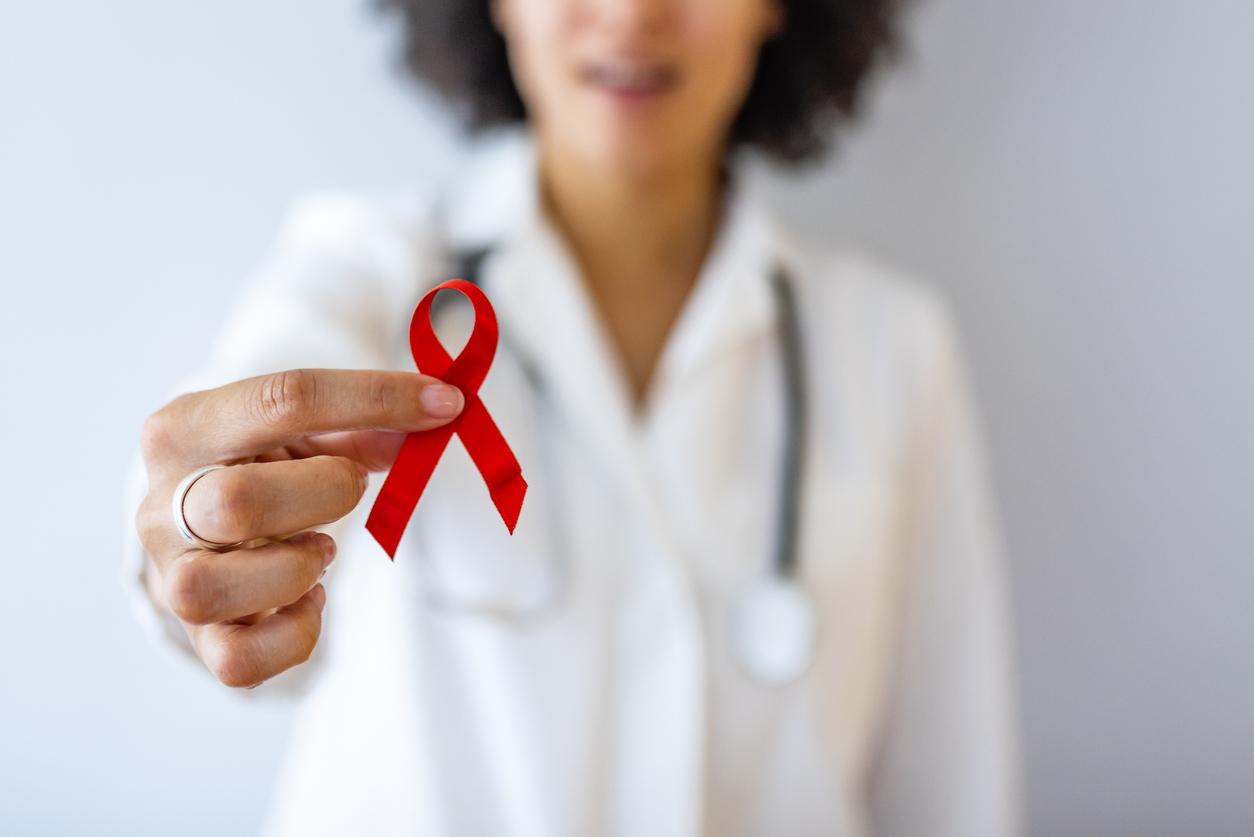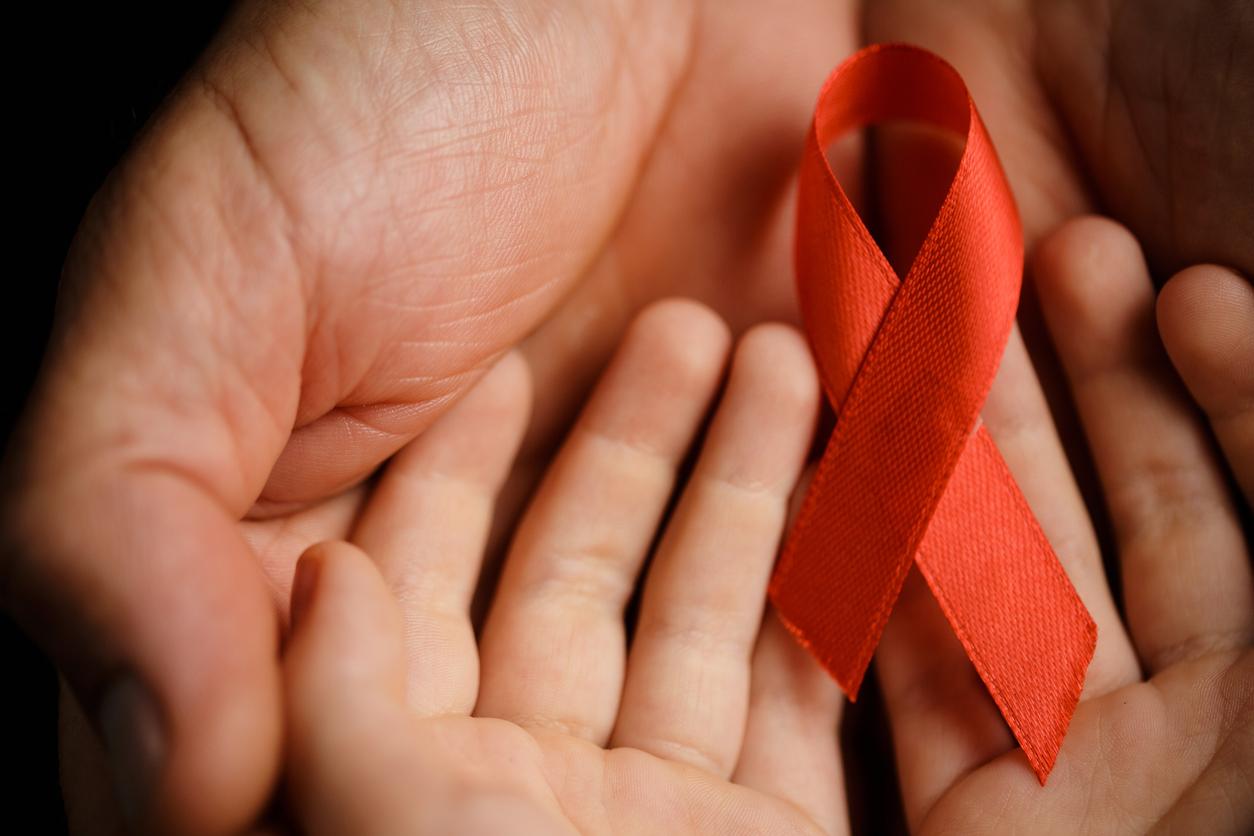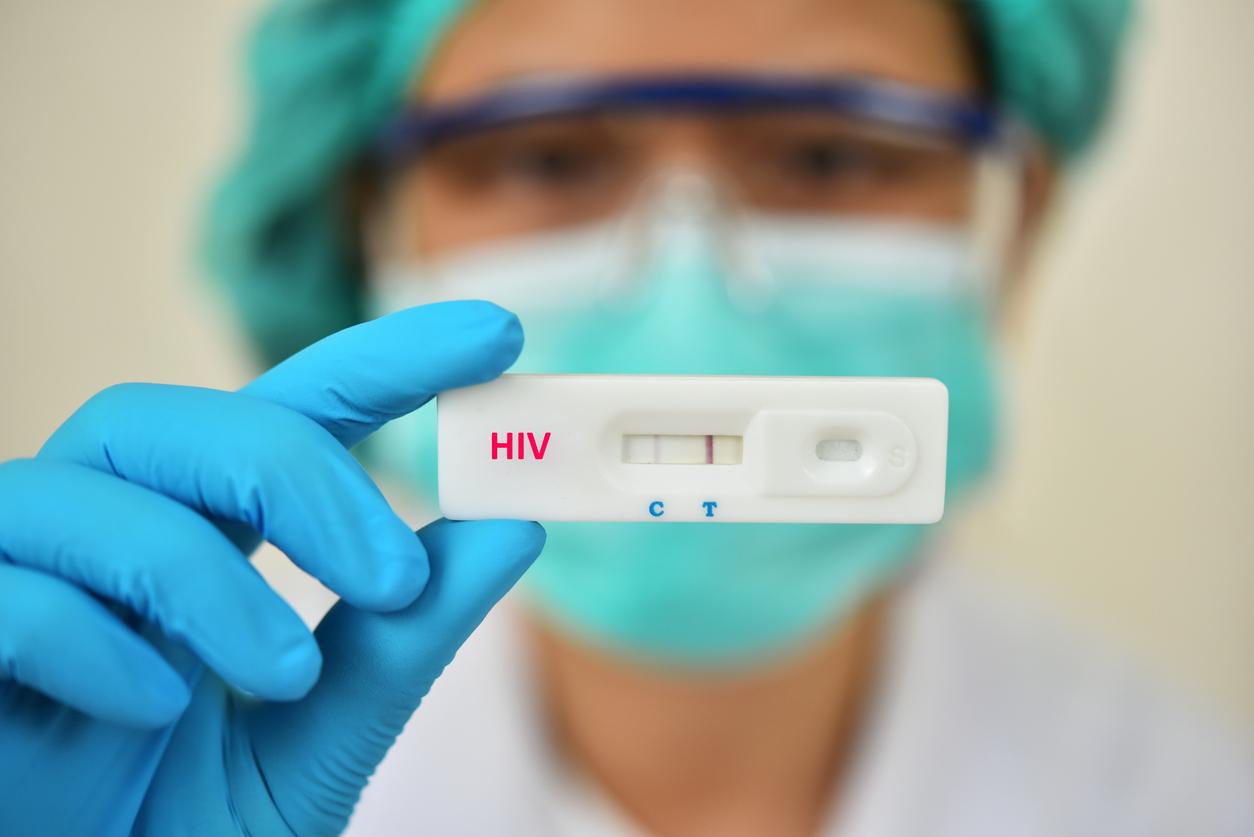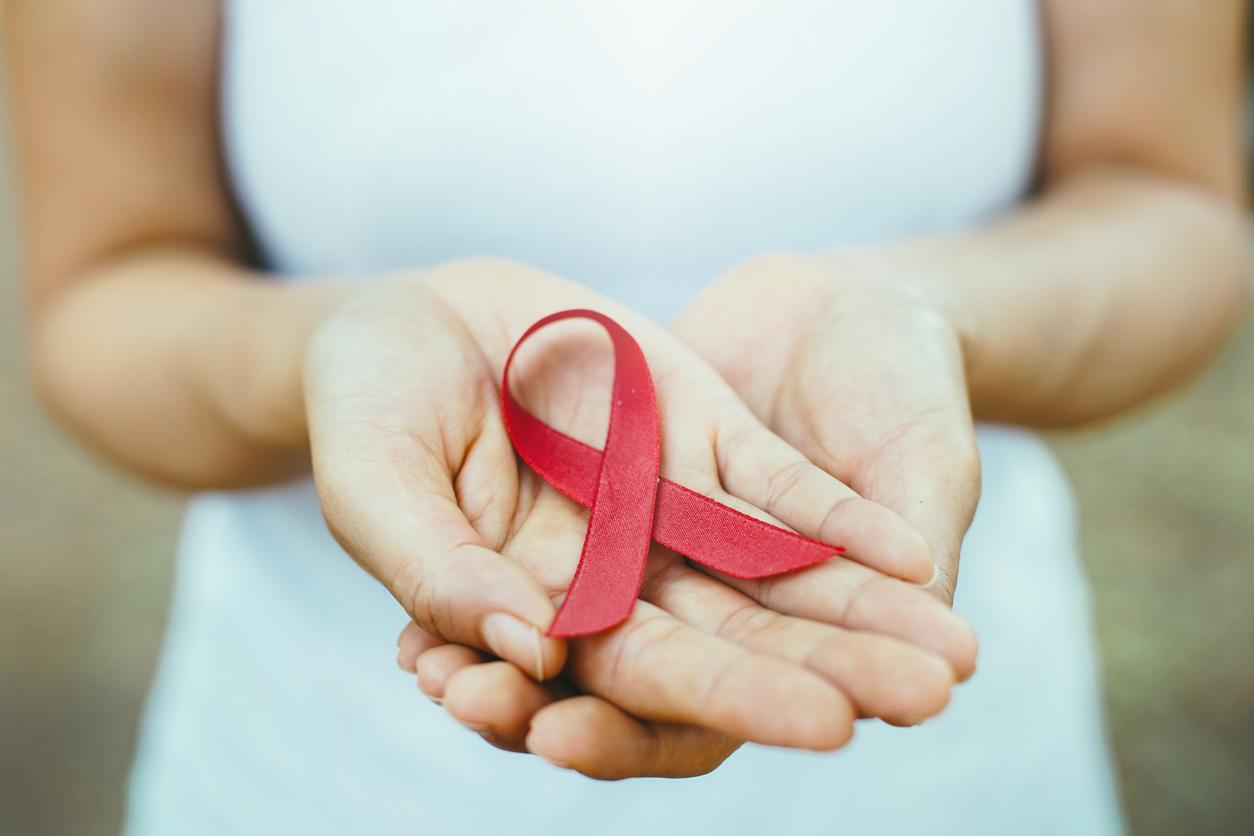From this Tuesday, June 1, GPs will be allowed to issue prescriptions for pre-exposure prophylaxis, better known as Prep. Facilitating access to this preventive treatment against AIDS was a request from hospital staff and patient associations.

- In France, 173,000 people are living with HIV.
- This virus affects the immune defences, that is to say, it prevents the body from defending itself against diseases.
As of Tuesday, PrEP, the prophylactic treatment to prevent HIV infection, can be prescribed directly by all doctors, including general practitioners. What greatly facilitate its access, so far complicated.
While there is currently no vaccine or curative treatment for HIV, preventive treatment has been available since 2016 in France: PrEP (pre-exposure prophylaxis). It allows to prevent “the HIV virus to develop and settle as soon as it enters the body, indicates the AIDS prevention platform. This prevents the virus from surviving and allows the person to remain HIV-negative.”
How does it work ?
PrEP can be taken in two ways: either daily or the day before sex and then for the next two days. “When the medicine is taken correctly according to the indicated schedule, the risk of contamination is minimal”, emphasizes Aides. The association explains that applications have been developed to help people comply with the treatment, especially for the second mode of intake.
Who is PrEP for?
This innovative treatment is recommended for those most at risk of being infected: men who have sex with other men, transgender people who have sex with men, sex workers or drug users. intravenous drug. In France, 32,000 people have benefited from it since 2016, 97% of whom are men. “We need to be able to offer PrEP to many more women, sex workers and populations in difficulty”says Professor Patrick Papazian, doctor-sexologist at the Pitié-Salpêtrière hospital, in Le Parisien.
The positive effects of PrEP have already been observed abroad: it has been authorized since 2012 in the United States, where the number of new cases of HIV infection fell by 49% between this date and 2016 in the city of San Francisco. In the United Kingdom, the decrease is 18% between 2015 and 2016.

.















